A Scene of ancient sacrifice
Pen and brown ink, brown ink wash on paper
10 x 15 cm
In good condition
In a modern frame under glass 16.5 x 21.8 cm
Louis Felix de La Rue's distinctive style is still instantly recognisable here. His handwriting is highly distinctive and original.
Here, he combines it with a beautiful work of ink wash, which gives the scene all its relief.
As is usually the case with this artist, the subject remains mysterious. It's a sacrifice of the kind practised in ancient times, but it's a faun - you can recognise him by his paws and his slightly diabolical appearance - who is carrying it out. All this comes from the imagination of the artist, who likes to mix inspiration from antiquity - in this he is part of the neo-classical movement of his time - with stranger themes. In this way, he prefigured the Romantic inspiration, which would like to deal with more obscure and less conventional subjects. Could we speak of surrealism before its time in his case?
In any case, he was one of the most original and inventive artists of his time, and this drawing is a fine example of that.
Louis-Félix de La Rue was born on October 19, 1730 in Paris, where he died on June 24, 1777. He was a draughtsman and sculptor, older brother of Philibert-Benoît de la Rue.
De La Rue was trained in the studio of the celebrated sculptor Lambert-Sigisbert Adam (1700-1759), where he may have met the young Clodion who, although some years Delarue’s junior, also worked under Adam. He won the prix de Rome in 1750 with a bas relief entitled "Abraham rendant grâces à Dieu de la délivrance de son fils" and became pensionnaire of the École royale des élèves protégés between 1752 and 1754. In this role, De La Rue presented a group entitled Bacchante qui enivre des enfants and four bas-reliefs of the Saisons to the king during an exhibition at Versailles in 1754. Before going to Rome in November 1754, he worked under the direction of Jean-Jacques Bachelier at the Manufacture de Vincennes, where he made several groups of frolicking infants, including two presse-papiers models, referred to as ‘plaques à papiers La Rue’. Upon returning to the Académie de France in Rome, of which Natoire was the then director, he was admitted into the Academy of Saint Luke on 13 September 1760. Subsequently, De La Rue was named Professor in 1762. After 1764, De La Rue disappears from the official record and, tragically, is believed to have been plagued by physical frailty and mental illness.























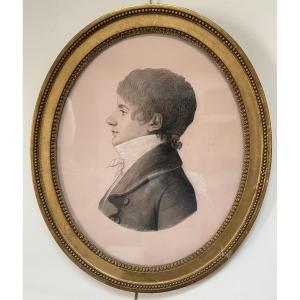





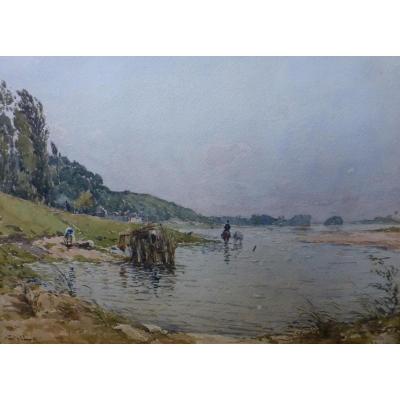







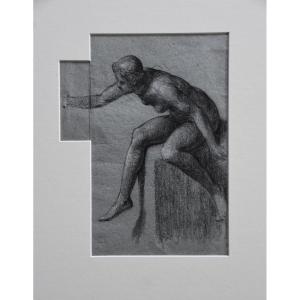
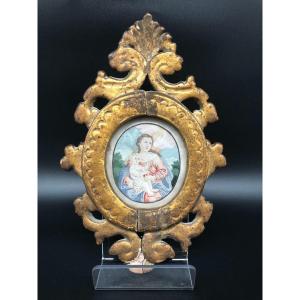



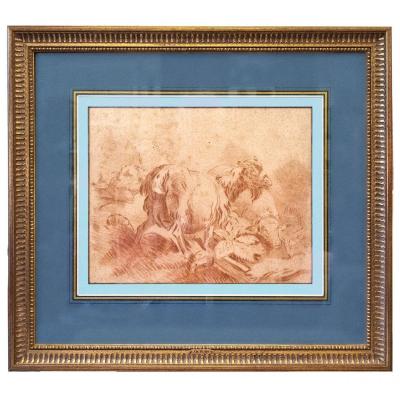



 Le Magazine de PROANTIC
Le Magazine de PROANTIC TRÉSORS Magazine
TRÉSORS Magazine Rivista Artiquariato
Rivista Artiquariato